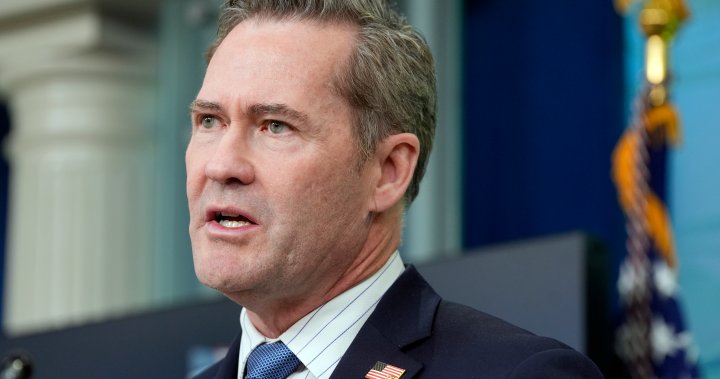Canada
U.S. says all NATO members should meet 2% defence spending target by June

Introduction: Setting the Scene of the NATO Summit and Spending Debate
The upcoming NATO summit, scheduled for June 24 in The Hague, Netherlands, is poised to be a pivotal moment for the alliance. The White House has set a clear expectation: all NATO members must allocate at least 2% of their GDP to defense by the summit. This mandate intensifies the pressure on allies, particularly Canada, which has consistently fallen short of this target. Currently, Canada spends about 1.3% of its GDP on defense, with plans to reach the 2% mark by 2032. This timeline, however, faces skepticism, including from the parliamentary budget officer. As the summit approaches, the debate over defense spending has ignited discussions on burden sharing and the future of the alliance.
The Pressure on NATO Allies
The U.S. has been vocal about its dissatisfaction with the current state of defense spending among NATO members. President Trump’s national security advisor, Mike Waltz, emphasized the urgency, stating that a third of NATO allies not meeting the 2% commitment is "unacceptable." Waltz called for all members to meet the target by the June summit, setting the stage for potential discussions on exceeding it. Trump has even suggested raising the threshold to 5%, a level no current member meets. This push underscores the administration’s desire to reduce reliance on U.S. security contributions and emphasizes the need for equitable burden sharing.
The Broader Economic and Political Context
Trump’s push for increased defense spending reflects a broader strategy to redefine NATO’s financial dynamics. While the 2% target was agreed upon in 2014, many members, including Canada, have struggled to meet it. The U.S. has been critical of these shortcomings, with Trump famously suggesting Canada as the 51st state, implying a need for greater alignment. The geopolitical climate adds urgency to this issue, with U.S. lawmakers arguing that current commitments are insufficient given rising global tensions.
Canada’s Position and Internal Politics
Canada’s approach to defense spending is intricately tied to its political landscape. The current government aims to reach 1.7% of GDP by 2030 and 2% by 2032, but doubts persist about these targets. Prime Minister Justin Trudeau revealed the 2032 timeline during the last NATO summit, yet skepticism from the parliamentary budget officer highlights the challenges. The Liberal leadership race has further politicized the issue, with Chrystia Freeland pledging to meet the target by 2027 and Mark Carney aiming for 2030. Meanwhile, Conservative Leader Pierre Poilievre remains non-committal on timelines but promises progress.
The Future of NATO and Collective Defense
Despite Trump’s tough stance, the U.S. reaffirms its commitment to NATO, particularly through Article 5, which ensures collective defense. Waltz emphasized that while the U.S. supports its allies, it’s time for them to "step up." This balancing act reflects the delicate nature of alliances, where numerical targets must align with political will and economic realities. The summit will test whether members can unify behind a common defense strategy, navigating both internal pressures and external threats.
Conclusion: The Road Ahead for NATO
As NATO approaches its June summit, the alliance faces a critical juncture. The U.S. push for increased defense spending challenges members to reevaluate their commitments. For Canada, this means addressing not only financial targets but also political and strategic priorities. The summit’s outcome will shape NATO’s trajectory, influencing its ability to adapt to evolving security challenges. The road ahead requires a delicate balance of burden sharing, political will, and collective resolve to ensure NATO’s continued relevance and strength.











